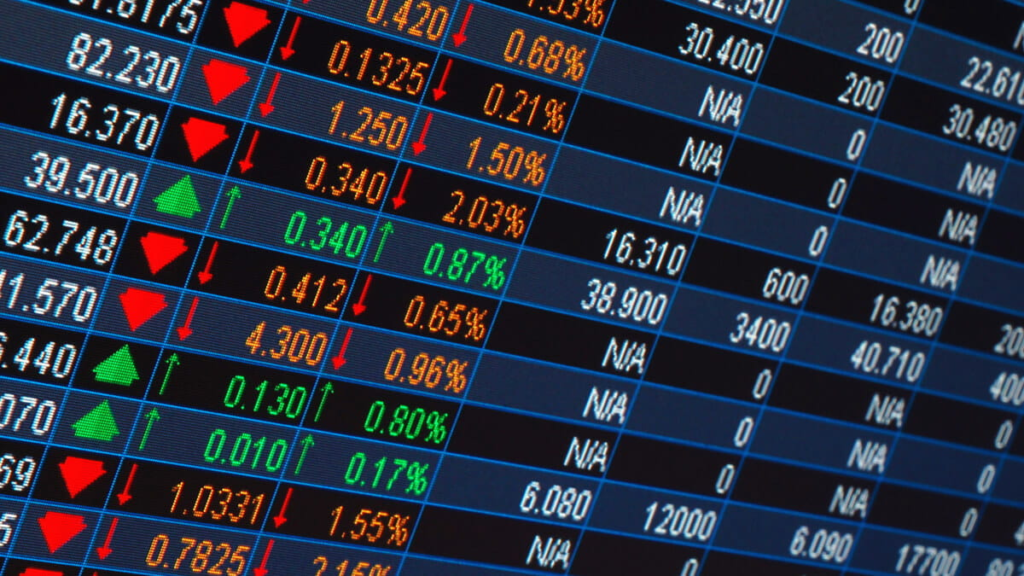Indian stock market extended their winning streak for the sixth consecutive session, driven by value buying, steady foreign inflows, and a strengthening rupee. Positive global cues, including a dovish stance from the US Federal Reserve and gains in US index futures, further fueled investor sentiment.
The BSE Sensex climbed 946.41 points, or 1.23 percent, to 77,851.92, while the NSE Nifty rose 259.70 points, or 1.11 percent, to 23,610.10. Investor wealth surged by ₹4.7 lakh crore, with the BSE market capitalization reaching ₹4,17,99,605 crore from Friday’s ₹4,13,30,624 crore.
Banking stocks led the charge, with Kotak Mahindra Bank soaring 4 percent to ₹2,168. NTPC, Power Grid, Axis Bank and State Bank of India also posted gains of 2-4 percent. Reliance Industries, ICICI Bank, Bajaj Finserv and Tech Mahindra added up to 2 percent. Market breadth remained strong, with 2,768 stocks advancing against 1,160 declining.

The rupee appreciated 12 paise to 85.86 against the US dollar, bolstering sentiment. Provisional data revealed that foreign portfolio investors (FPIs) purchased equities worth ₹7,470.36 crore on Friday.
Hopes of improved US trade relations added to the optimism. “The Trump administration has indicated some ‘flexibility’ on reciprocal tariffs imposed by the US,” said Kranthi Bathini, director of equity strategy at WealthMills Securities. Speculation over potential discussions between the US and Chinese presidents further lifted market confidence.
US markets also showed strength, with S&P 500 futures rising 0.66 percent to 5,755.75 and Dow Jones futures climbing 0.54 percent to 42,548. Analysts at Emkay Global noted, “President Trump has used tariffs as an economic sledgehammer to secure deals, but his exact demands remain vague. While trade negotiations could be challenging, they offer the quickest and least risky path forward.”
Meanwhile, crude oil prices have dropped to three-year lows despite heightened sanctions on Russia and Iran. An early resolution to the Russia-Ukraine conflict would be a major positive, according to Kotak Institutional Equities.
“We see limited scope for OPEC+ to increase output, despite its current stance. If oil prices stay below $70 per barrel, OPEC+ could cut production, and US shale investments might decline,” Kotak said. The firm has revised its long-term oil price forecast to $70 per barrel from $80 for FY2026/27.
With strong global cues, foreign inflows, and steady economic indicators, the Indian stock market rally shows no signs of slowing down.
